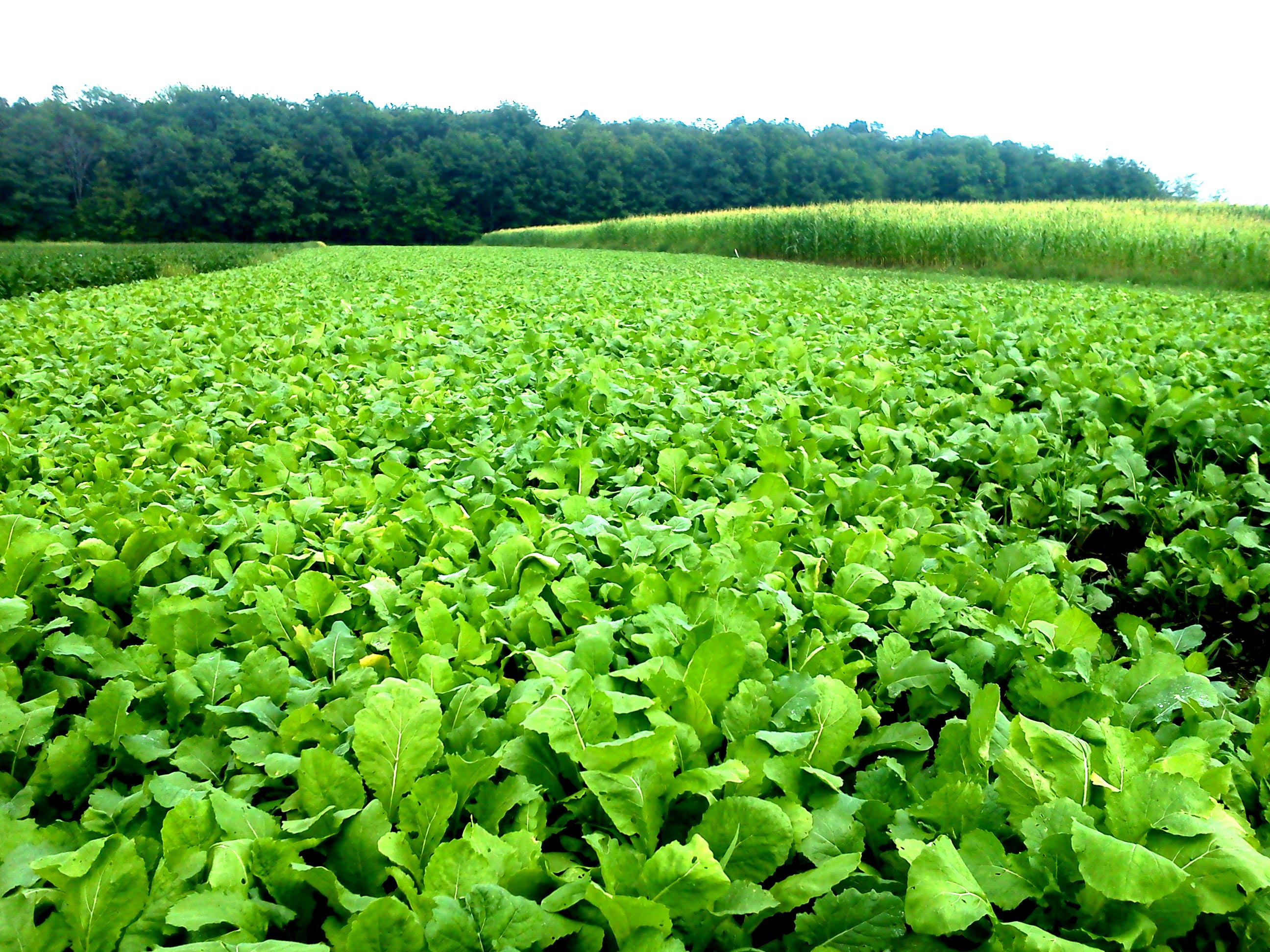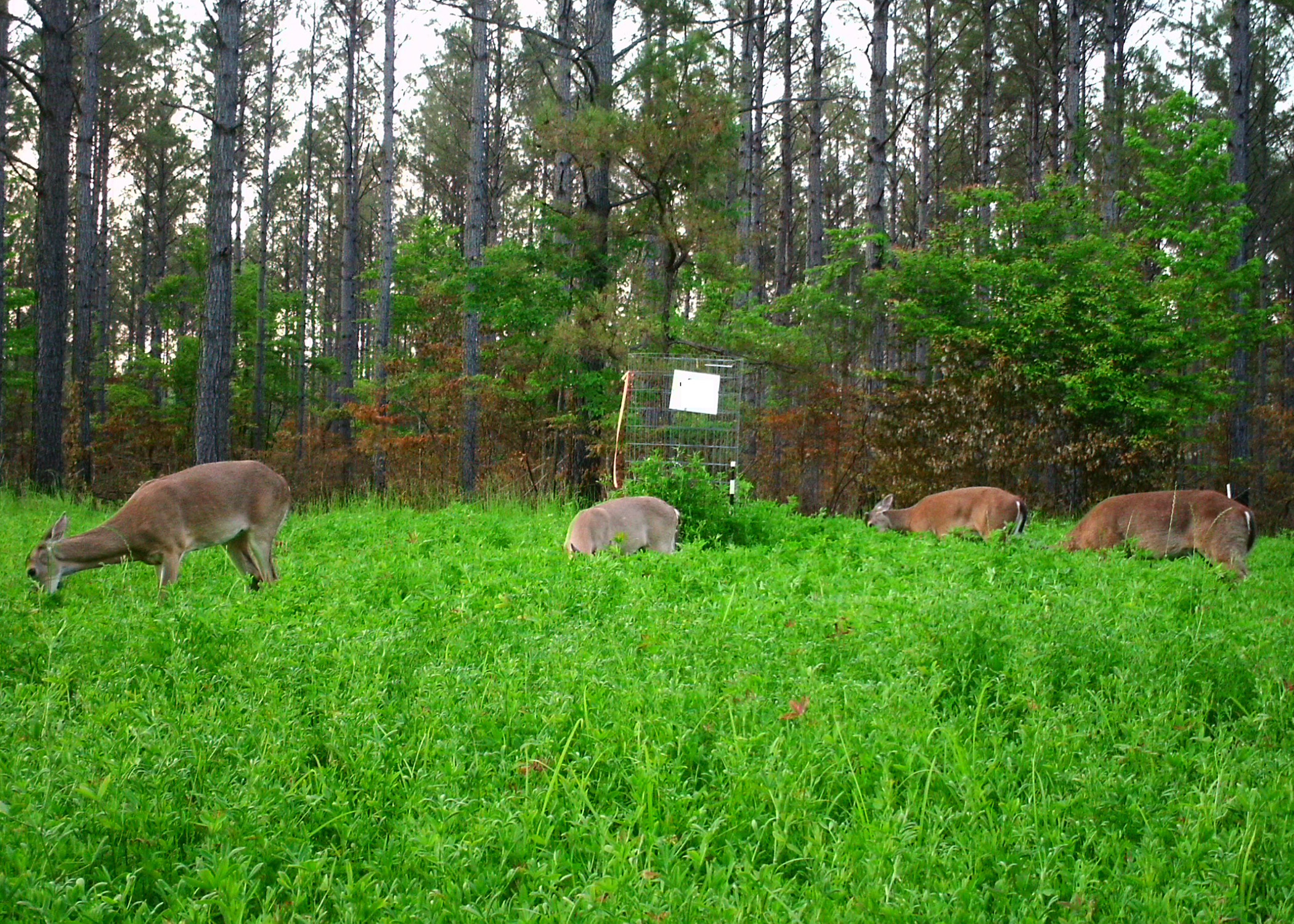Embark on a journey into the world of deer food plots, where we explore the art of creating and maintaining thriving havens for these majestic creatures. From selecting the perfect location to implementing effective management strategies, this comprehensive guide empowers you with the knowledge to establish and nurture deer food plots that will attract and sustain these beloved animals.
Deer Food Plot Types

Deer food plots are areas of land that are managed to provide nutritious food for deer. There are three main types of deer food plots: permanent, semi-permanent, and annual.
Permanent food plotsare established with perennial plants that will last for several years. These plots are typically planted with a mix of grasses, legumes, and forbs. Permanent food plots are the most expensive to establish, but they provide the most consistent food source for deer.
Semi-permanent food plotsare established with plants that will last for two to three years. These plots are typically planted with a mix of annuals and perennials. Semi-permanent food plots are less expensive to establish than permanent food plots, but they do not provide as consistent a food source.
Annual food plotsare established with plants that will only last for one year. These plots are typically planted with a mix of grains and legumes. Annual food plots are the least expensive to establish, but they do not provide a consistent food source for deer.
Suitable Plant Species
The best plant species for deer food plots will vary depending on the climate and soil conditions in your area. However, some of the most common and successful plant species include:
- Grasses:fescue, orchardgrass, ryegrass, wheat
- Legumes:alfalfa, clover, soybeans
- Forbs:chicory, clover, lespedeza
Location and Site Selection
Selecting an appropriate location for a deer food plot is crucial to its success. It should meet the specific needs of deer, ensuring they readily utilize the plot.
Consider these factors when choosing a location:
Soil Conditions, Deer food plots
- Deer prefer well-drained, fertile soils with a pH between 6.0 and 7.0.
- Conduct a soil test to determine the pH and nutrient levels of the soil.
- Amend the soil as necessary to achieve optimal conditions.
Sunlight
- Food plots require at least six hours of sunlight per day.
- Choose a location that receives ample sunlight throughout the growing season.
Water Availability
- Deer need access to water within a quarter-mile of the food plot.
- Consider creating a water source or planting vegetation that attracts water, such as willows.
Accessibility
- The food plot should be easily accessible to deer.
- Avoid areas with dense vegetation or steep slopes.
Site Assessment and Soil Preparation
Conduct a site assessment before planting the food plot. Walk the area, noting soil conditions, sunlight availability, and water sources.
Prepare the soil by:
- Clearing vegetation
- Tilling the soil to a depth of 6-8 inches
- Amending the soil as needed
Planting and Maintenance

To establish a thriving deer food plot, meticulous planning and execution are essential. This section delves into the intricacies of planting and maintaining a deer food plot, encompassing seed selection, planting techniques, irrigation practices, and ongoing maintenance strategies.
Seed Selection
Selecting the appropriate seed blend is paramount to the success of a deer food plot. Consider the specific nutritional needs of deer in your area, soil conditions, and desired planting season. Opt for a blend that offers a diverse range of palatable and nutritious forage options, such as clover, alfalfa, chicory, and brassicas.
Planting Techniques
Proper planting techniques ensure optimal seed germination and establishment. Prepare the soil by tilling to a depth of 6-8 inches, removing weeds, and amending the soil with fertilizer or lime as needed. Broadcast the seeds evenly over the prepared area and lightly rake them into the soil to ensure good seed-to-soil contact.
Irrigation Practices
Adequate moisture is crucial for seed germination and plant growth. Water the plot regularly, especially during dry spells. Avoid overwatering, as it can lead to waterlogging and root rot. Utilize a sprinkler or drip irrigation system for efficient water delivery.
Ongoing Maintenance
Ongoing maintenance is vital to sustain the health and productivity of the deer food plot. Regularly mow or trim the vegetation to prevent weed invasion and encourage new growth. Apply fertilizer as needed to replenish soil nutrients and promote plant vigor.
Control weeds through mechanical removal, herbicides, or a combination of both.
Management and Hunting Strategies

Effective management and hunting strategies are crucial for optimizing deer food plots. Rotational grazing and controlled hunting are key practices that enhance plot productivity and deer attraction. Additionally, specific hunting techniques tailored to food plots can increase success rates.
Rotational Grazing
Rotational grazing involves dividing the food plot into smaller sections and allowing deer to graze on one section at a time. This practice prevents overgrazing and ensures a continuous supply of high-quality forage. By rotating deer through the sections, vegetation can recover and maintain its nutritional value.
Controlled Hunting
Controlled hunting is essential for maintaining a healthy deer population and preventing overbrowsing. By regulating the number of deer harvested, landowners can ensure that the food plot remains a valuable resource for the remaining deer. Establishing harvest quotas and monitoring deer numbers through trail cameras or other methods is important.
Attracting and Retaining Deer
To attract and retain deer on the property, food plots should be located in areas with good natural cover and water sources. Planting a variety of forage species that provide nutrition throughout the year is also beneficial. Additionally, minimizing human disturbance and providing supplemental minerals can help keep deer in the area.
Hunting Techniques for Food Plots
Hunting techniques tailored to deer food plots include:
- Stand Hunting:Setting up tree stands or ground blinds near food plots allows hunters to ambush deer as they come to feed.
- Spot-and-Stalk:Moving cautiously through the food plot and taking advantage of cover to get close to deer can be effective.
- Still Hunting:Remaining motionless for extended periods and waiting for deer to approach is a technique that requires patience and skill.
Quick FAQs: Deer Food Plots
What are the different types of deer food plots?
Deer food plots can be classified into three main types: permanent, semi-permanent, and annual. Permanent plots are established using perennial plants that last for several years, while semi-permanent plots utilize a mix of perennial and annual plants. Annual plots, on the other hand, consist solely of annual plants that need to be replanted each year.
How do I choose the right location for a deer food plot?
Selecting the ideal location for a deer food plot is crucial. Consider factors such as soil conditions, sunlight availability, water accessibility, and proximity to deer travel routes. Conduct a thorough site assessment to evaluate the soil quality and identify any potential obstacles.
What are some tips for planting and maintaining a deer food plot?
Proper planting and maintenance are essential for the success of a deer food plot. Choose plant species that are palatable to deer and suited to your local climate. Employ proper seed selection, planting techniques, and irrigation practices. Implement ongoing maintenance measures, including weed control and fertilization, to ensure the plot remains healthy and productive.
